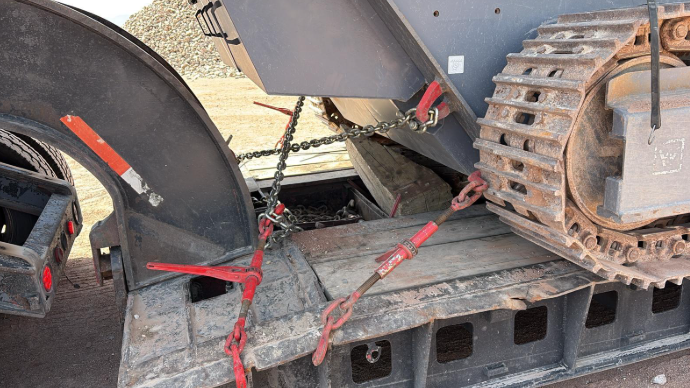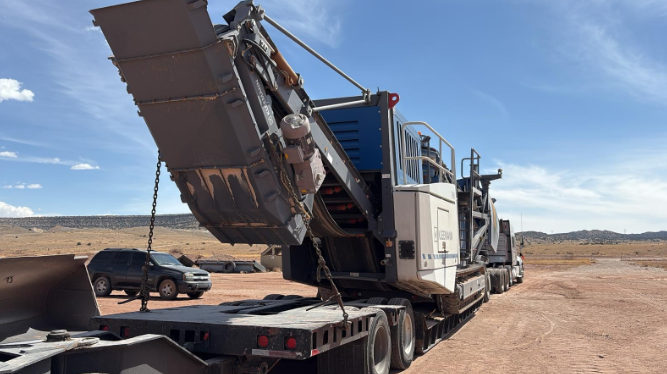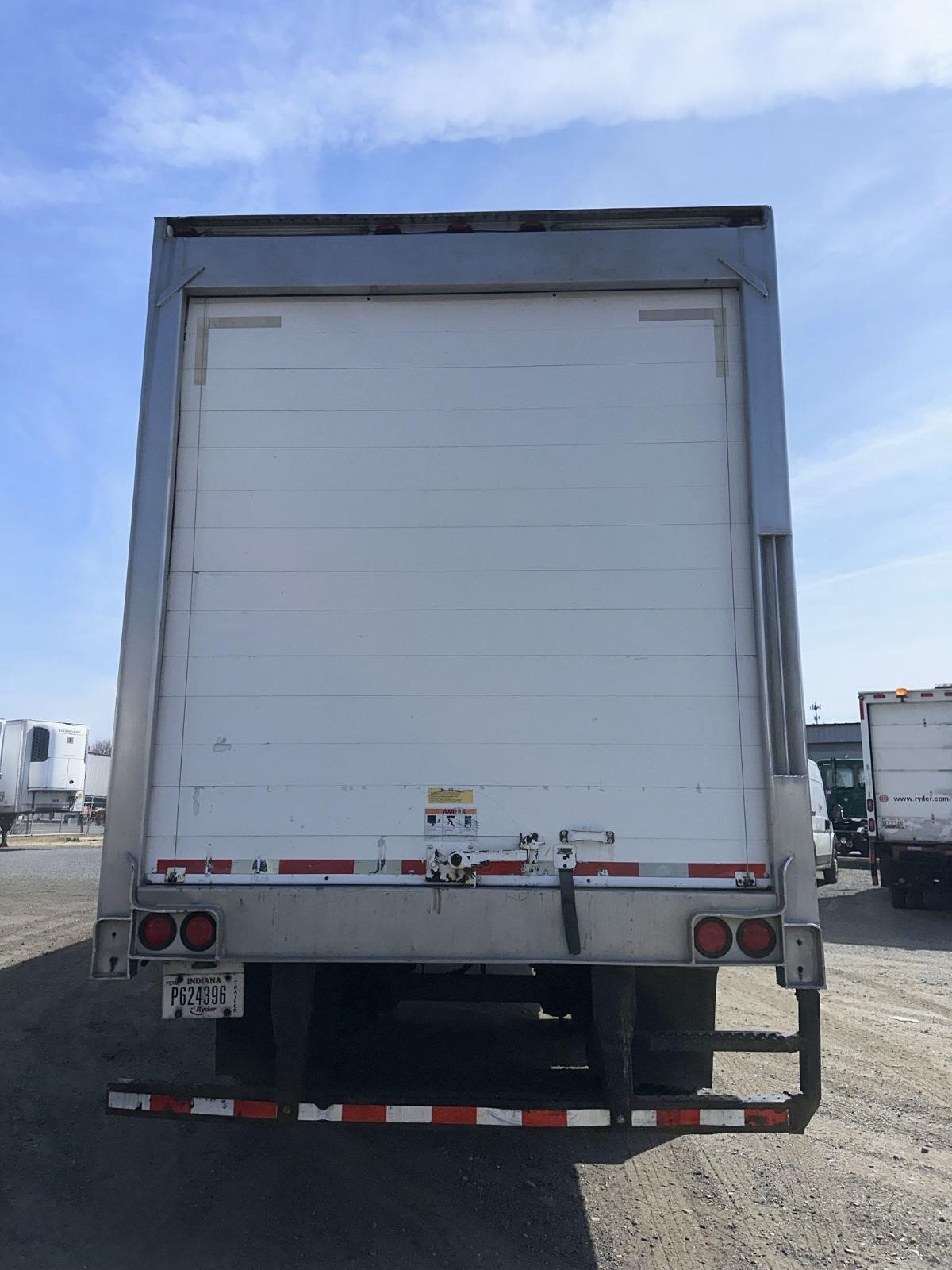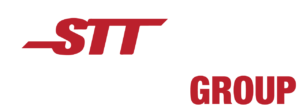
Safety sits at the heart of every successful haul. In commercial transportation, Department of Transportation (DOT) inspections play a vital role in keeping roads secure and freight moving smoothly. These inspections cover it all—from driver credentials to critical mechanical systems—making sure every truck, trailer, and team is operating by the book.
DOT inspections are not mere bureaucratic formalities. They serve as critical shields protecting both carriers and the public, maintaining favorable CSA scores while reducing accident risks and preventing costly violations.
This guide covers the six levels of DOT inspections, required documentation, pre-trip vehicle checks, and how to sail through roadside inspections. You’ll also find expert insights from STT Logistics Group on how proactive planning, carrier selection, and hours-of-service compliance all contribute to a strong safety record.
Whether you’re behind the wheel or managing a fleet, this resource will help you prepare, prevent violations, and stay inspection-ready every mile of the way.
Key takeaways
- DOT inspections span six levels—from comprehensive driver and vehicle checks to specialized examinations for hazardous materials—each with its own focus and compliance requirements.
- Accurate documentation, including valid CDLs, medical certificates, hours-of-service records, and supporting paperwork, is essential for passing inspections and avoiding violations.
- Preventive maintenance and thorough pre-trip inspections are critical to identifying mechanical issues before they become safety hazards or lead to citations.
- ELDs help enforce hours-of-service limits, but success depends on proper use, accurate logging, and understanding key exceptions. Supporting documents remain a vital part of the compliance package.
- STT Logistics Group supports safety and DOT readiness by selecting well-vetted carriers, educating shippers on regulatory requirements, and helping align delivery needs with legal driving limits.
- Clean inspections earn CVSA decals valid for 90 days, while violations—especially out-of-service issues—must be addressed immediately to avoid disruptions and protect CSA scores.
The six levels of DOT inspections
- Level I inspections are the most comprehensive, examining both driver credentials and vehicle components in detail, taking 45 to 60 minutes.
- Level II inspections are more efficient, focusing on document verification and a walk-around vehicle check, skipping the under-vehicle examination.
- Level III inspections focus solely on driver compliance, checking licenses, medical certificates, and service logs, while the vehicle is not inspected.
- Level IV inspections target specific vehicle features or components, often for research or compliance verification, rather than overall condition.
- Level V inspections assess vehicles without drivers, usually at terminals, ensuring mechanical compliance similar to Level I.
- Level VI inspections are for vehicles carrying radioactive materials, involving unique procedures and decals, reflecting high safety standards for hazardous cargo.
Documentation you need as a truck driver
If you’re behind the wheel of a commercial vehicle, proper documentation serves as your first line of defense during inspections.
- Every driver must carry a valid CDL (Commercial Driver’s License) that matches the vehicle class and includes all necessary endorsements for specific cargo types. Consider this documentation your professional passport on the road.
- A current medical examiner’s certificate proves physical fitness for the demanding role of commercial driving. This crucial document, often called a DOT medical card, must remain valid and readily accessible throughout operations. Let it expire, and you are parked until it is renewed.
- The record of duty status tells the story of recent driving history. These logs must accurately reflect activities for the previous 7-8 days, demonstrating strict compliance with hours-of-service regulations. With electronic logging devices now standard, these records face increased scrutiny.
Unsurprisingly, the paper trail extends to the vehicle as well. Current registration, insurance documentation, and annual inspection reports form the backbone of the compliance package, with additional permits required for specialized cargo like hazardous materials. Each document plays its part in keeping you legal, and rolling.
Essential safety measures for pre-trip vehicle inspection
Before hitting the road, a comprehensive pre-trip inspection is key for safety and compliance. Here are the essential checks to perform:
Lighting Check
Every successful trip begins with a thorough lighting check. From headlights to emergency flashers, each illumination point demands careful inspection for proper function and cleanliness, ensuring maximum visibility on the road. One burned-out bulb can lead to a violation—or worse, compromise safety.
Tire Inspection
The relationship between rubber and road deserves special attention. Inspect each tire for proper inflation, adequate tread depth, and any signs of damage that could spell trouble down the line. Your tires are literally where the rubber meets the asphalt—treat them accordingly.
Braking System
A reliable braking system stands between safety and disaster. Test air pressure levels, examine brake components for wear, and listen carefully for any telltale air leaks that might signal impending problems. Because when you need to stop 80,000 lb, there’s no room for brake system compromise.
Fluid Management
When managing fluids, nothing can be left to chance. Check all vital fluids—from engine oil to windshield washer fluid—and keep a sharp eye out for any suspicious leaks or unusual fluid levels. These liquids are the lifeblood of your vehicle’s systems.
Coupling Devices
The integrity of your coupling devices directly impacts safety. Examine fifth wheels, kingpins, and pintle hooks for secure attachment, proper lubrication, and any signs of excessive wear that might compromise their reliability. A failed coupling at highway speeds represents both a violation and a potentially catastrophic danger.
Safety Equipment
Verify that fire extinguishers, emergency reflective triangles, and spare fuses are present and prepared for action when needed. These items might seem secondary, but at the moment they become absolutely essential, you’ll feel very differently.
How STT reduces risk before the DOT shows up
DOT inspections begin long before the wheels are on the road. At STT Logistics Group, that means choosing experienced carriers who are already operating with safety and compliance top of mind, especially when handling oversized or specialized freight.
“One of the biggest steps we take to avoid DOT issues is sticking with our core network of carriers whenever we’re dealing with heavy equipment. These are guys we’ve vetted, worked with for years, and know we can trust to meet the strictest safety and compliance standards.”
Saul Alvarez, STT Senior Freight Broker
Because DOT inspections cover everything from permits and securement to driver documentation and mechanical condition, careful planning is key—particularly for loads that require special handling. As Saul explains, violations often arise when carriers lack the experience to deal with the complexity of hauling heavy equipment, and critical preparation steps are missed as a result.
From multi-state moves—where routing approvals or engineering surveys may be required—to international shipments that demand customs documentation and port clearance, STT takes proactive steps to eliminate surprises well before inspection time.
“Whether it’s height, weight limits on bridges, or paperwork at a port, our goal is to get everything right the first time. That’s how we help carriers and customers avoid violations and keep freight moving safely.”
Saul Alvarez, STT Senior Freight Broker
Adhering to legal driving time limits using ELDs
FMCSA hours-of-service (HOS) regulations limit commercial drivers to a maximum of 11 hours of driving within a 14-hour on-duty window, after taking 10 consecutive hours off duty. Drivers must also take a 30-minute break after 8 hours of driving time. These rules are in place to prevent fatigue-related accidents and ensure road safety.
ELDs (Electronic Logging Devices) are now mandatory for most commercial drivers. ELDs automatically track driving time by syncing with the vehicle’s engine, helping ensure accurate, tamper-proof records of hours worked. Although manual logbooks are obsolete, drivers are still responsible for monitoring compliance, documenting breaks, and noting any applicable exceptions, such as adverse driving conditions or short-haul exemptions.
In addition to ELD data, drivers should maintain supporting documents—such as bills of lading, fuel receipts, and dispatch information—which may be requested during a DOT inspection to verify log accuracy.
At STT Logistics Group, compliance with HOS regulations is part of our commitment to both carrier safety and customer service.
“We take it seriously to not only look after our customer’s best interest, but also look after our carriers and ensure that they follow the regulations. We take the time to explain this to any shipper that is not aware of it, so they know that we are not only taking good care of their units but also making sure that we are doing it safely.”
Saul Alvarez, STT Senior Freight Broker

Saul Alvarez, STT Senior Freight Broker: “We look after our carriers and ensure that they follow the regulations”
When speed is critical, STT explores compliant solutions like using team drivers, who can legally alternate shifts to reduce delivery times while staying within legal limits.
How to pass a DOT roadside inspection with flying colours
Below are some tips about what to expect during roadside inspections, and how to handle the experience with professionalism and confidence.
- When an inspector signals you to pull over, your professional demeanor sets the tone for the entire interaction.
- Follow any instructions carefully and present your documentation without hesitation.
- The inspection follows a methodical process, beginning with a review of your credentials.
- The inspector will then conduct a systematic vehicle examination based on the designated inspection level.
- Your responses during the inspection can influence its outcome. Answer questions truthfully but precisely, avoiding the temptation to volunteer additional information that might prompt unnecessary scrutiny.
- At the conclusion, you will receive documentation detailing the inspection results. Pay close attention to any violations noted, particularly those requiring immediate attention before you can continue your journey.
Post-Inspection Procedures and What Happens Next
CVSA Decal: Your Fast-Pass to Compliance
A clean inspection earns you a coveted CVSA decal, valid for three months. This visual proof of compliance may allow you to bypass certain inspection stations, saving valuable time and keeping your operations running smoothly.
Handling Violations: What to Do Next
Not all inspection outcomes are perfect—but knowing how to respond makes all the difference. Start by reviewing the report closely to understand which regulations were cited and what actions are required.
- Out-of-service violations bring operations to an immediate halt. These must be addressed before your vehicle can legally return to the road. Every moment counts, so act quickly and document all repairs to demonstrate compliance.
- Less Critical Violations won’t park your truck, but they still require prompt attention. Keep thorough records of all corrections made to show you’re serious about safety.
- Challenging a Violation? If you believe a violation was issued in error, the FMCSA’s DataQs system provides a formal channel for submitting a challenge. It’s worth the effort to protect your compliance history when the evidence supports your case.
Understanding Your CSA Score
Every inspection—good or bad—affects your Compliance, Safety, Accountability (CSA) score. Carriers with strong safety records benefit from fewer audits and delays, while repeated violations can lead to increased scrutiny. Staying proactive helps keep your score in good standing and your reputation intact.
Expert Guidance from STT Logistics Group
STT Logistics Group offers expert guidance in managing violations and maintaining a strong compliance record. Whether you’re addressing a recent issue or looking to strengthen your safety program, our team is here to help you tackle the regulatory landscape with confidence.
STT’s commitment to carrier safety and DOT readiness
While STT Logistics Group doesn’t perform DOT inspections ourselves, we take inspection readiness seriously when choosing which carriers to work with. Every carrier we use is vetted not just for capacity, but for safety history and compliance—because DOT inspection results matter.
“We always check a carrier’s DOT history before assigning them a load. We look at crash reports, inspection outcomes—anything that might raise a red flag. It’s part of how we protect our customers and their freight.”
Saul Alvarez, STT Senior Freight Broker
As part of this proactive approach, STT reviews FMCSA data from the last 24 months to confirm the carrier has a clean track record. We also gather and verify driver’s license information ahead of time and share it with the pickup location. If someone shows up who isn’t on the list, the pickup team checks with us before proceeding.
This added level of control ensures that only the right driver—operating a safe, compliant vehicle—is ever put in front of a load. It’s how STT helps reduce the risk of delays or violations at roadside inspections and keeps freight moving without disruption.
Staying ahead of the inspection game
Proper preparation turns DOT inspections from stressful events into routine safety checks. Regular maintenance, thorough documentation, and driver education ensure consistent success. Preparedness makes inspections a validation of commitment, not stress.
STT Logistics Group helps you maintain excellent inspection records and build a safety culture throughout your business. For DOT compliance, we set new benchmarks.Our simple promise: You call, we haul. This commitment to safety excellence keeps highways safe and your business moving.
